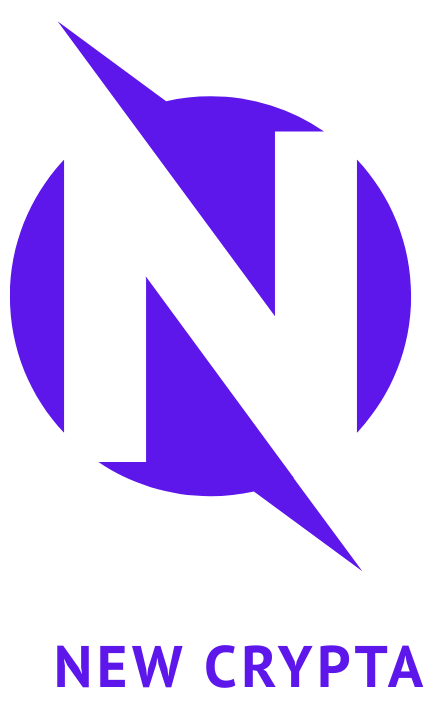Rodatherm Energy, a new geothermal startup, emerged from stealth Monday with $38 million in funding and a plan to build a pilot plan in Utah.
The startup differentiates itself by plumbing its boreholes with a closed loop, likely made of steel, that’s filled with a refrigerant. That contrasts with other enhanced geothermal companies, which tend to use water to transport heat from deep within the Earth.
The Series A round was led by Evok Innovations with participation from Active Impact Investments, Giga Investments, Grantham Foundation for the Protection of the Environment, MCJ, TDK Ventures, Tech Energy Ventures, and Toyota Ventures.
Rodatherm faces stiff competition with an established field of players, including Fervo Energy, Sage Geosystems, XGS Energy, and Quaise.
Fervo is considered the frontrunner in the space having raised nearly $1 billion. The company is on track to complete a 100-megawatt first phase of its Cape Station power plant next year with an additional 400 megawatts coming online in 2028. It also has a deal to supply Google with electricity for its data centers. XGS Energy also has a data center deal, one with Meta, to develop a 150-megawatt power plant in New Mexico to power the tech company’s data centers.
Rodatherm says that its closed-loop, refrigerant-based approach is 50% more efficient than a typical water-based system. Air-source heat pumps, commonly called minisplits, use hydrocarbon-based refrigerants to shift heat between indoors and out.
The startup’s patent on the technology says that the closed-loop design will eliminate the need for filters to screen grit and debris that open-loop systems might suck up as the water flowing through the ground breaks bits of rock loose. It also says that the closed loop system will minimize water use.
Techcrunch event
San Francisco
|
October 27-29, 2025
But Rodatherm’s approach will almost certainly come with increased drilling and installation costs relative to simpler systems. It’s possible that the added efficiency its refrigerant-based design could offset those costs, though that remains an open question until the company completes a well.
The company plans to use the Series A funding to complete a small pilot 1.8-megawatt pilot plant in Utah by the end of 2026. Utah Associated Municipal Power Systems plans to buy electricity from the project.



